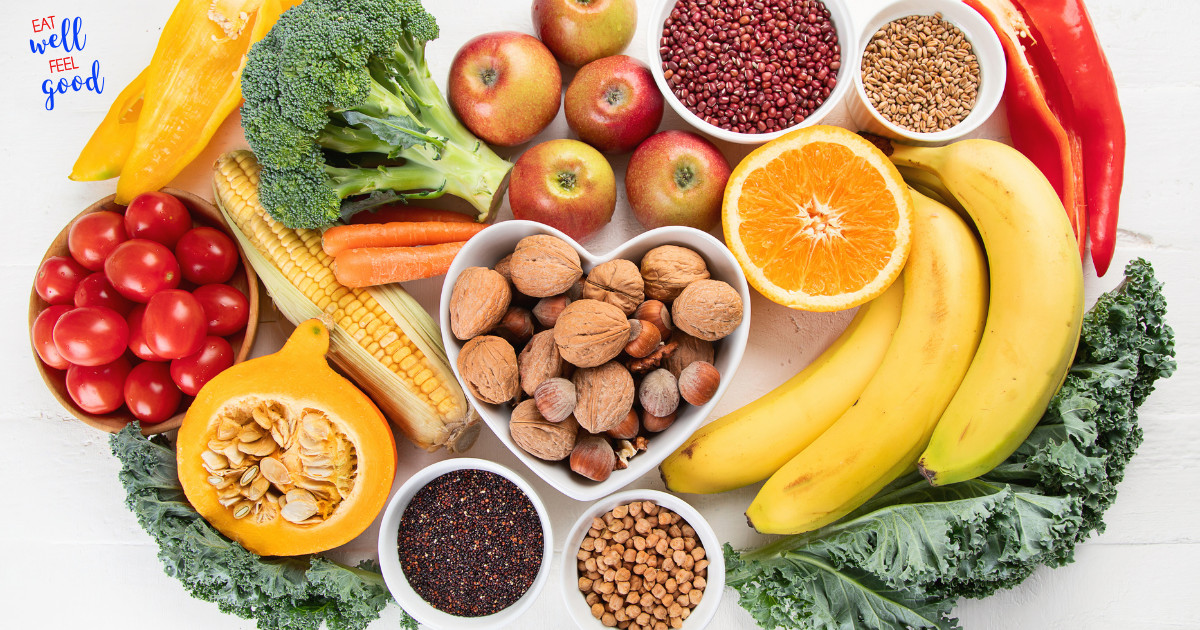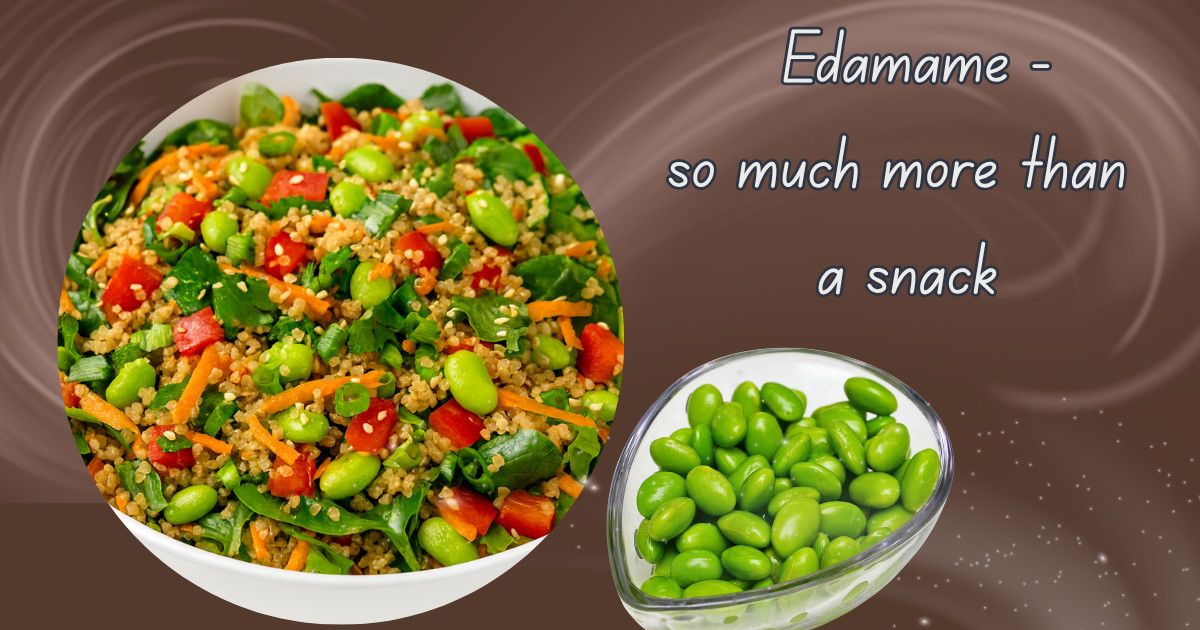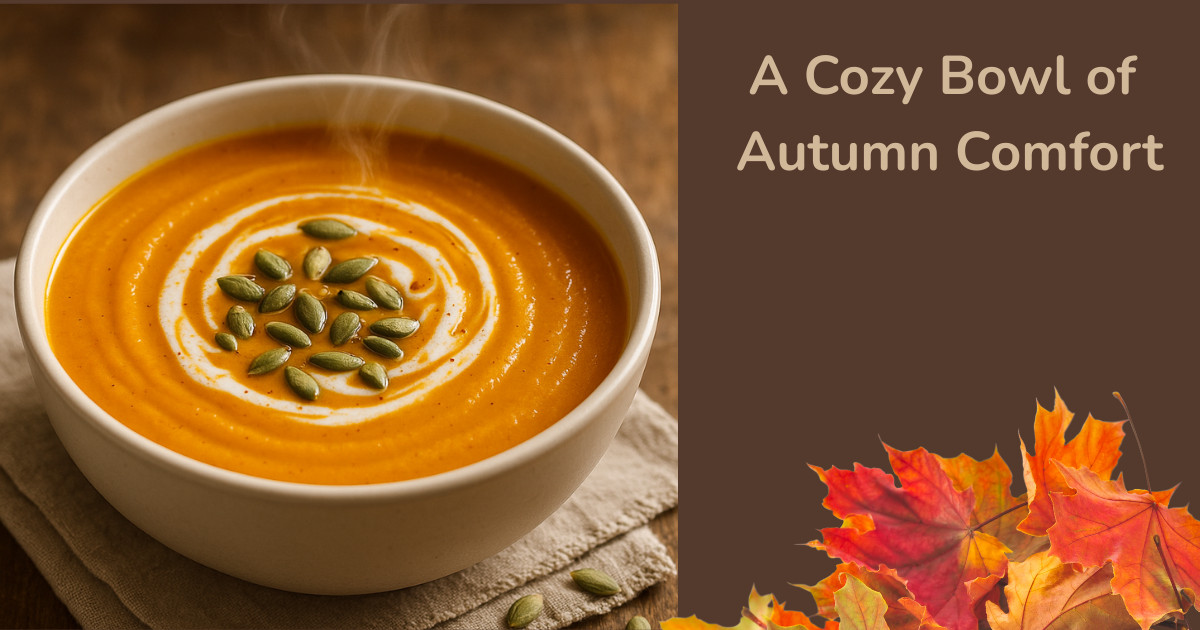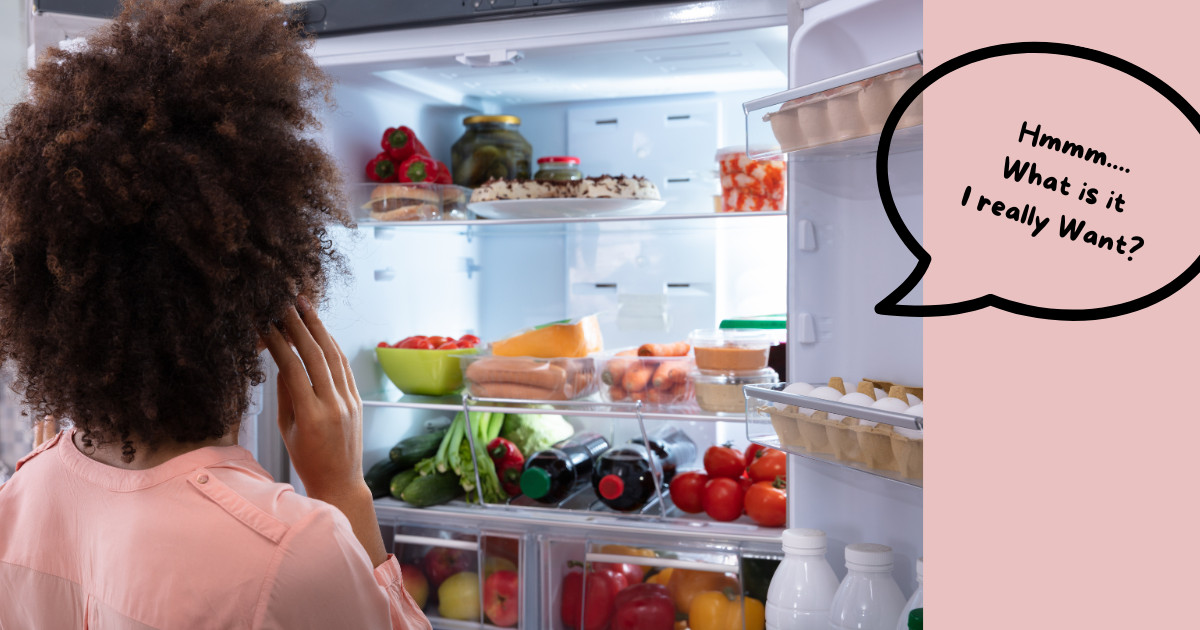
If you’ve been hearing a lot about GLP-1 lately, you’re not alone. Glucagon-like peptide-1 (GLP-1) is a powerful hormone produced in your intestines that plays a key role in regulating blood sugar levels, appetite, and digestion. Many weight loss and diabetes medications work by mimicking GLP-1, but the good news is that you can naturally support your body’s own GLP-1 production through your diet.
What is GLP-1 and Why Does It Matter?
GLP-1 is a hormone that is released when you eat, triggering a cascade of benefits:
- Blood Sugar Regulation: It stimulates insulin production to lower blood sugar while suppressing glucagon, a hormone that raises blood sugar.
- Appetite Control: It activates brain receptors that reduce hunger and promote fullness, leading to lower food intake.
- Slows Digestion: GLP-1 slows stomach emptying, preventing post-meal blood sugar spikes and keeping you satisfied for longer.
- Protects Pancreatic Cells: It promotes the health of insulin-producing cells, which is crucial for long-term metabolic health.
Foods That Naturally Boost GLP-1
While some people turn to GLP-1-based medications, research shows that certain foods can stimulate the natural release of this hormone. Here’s what to add to your plate:
1. High-Fiber Foods
Fiber slows digestion and feeds beneficial gut bacteria that produce short-chain fatty acids (SCFAs), which stimulate GLP-1 release.
- Beneficial Choices: Oats, barley, Brussels sprouts, broccoli, carrots, apples, and flaxseeds.
- How to Use: Start your day with oatmeal, snack on raw veggies, and add flaxseeds to smoothies.
2. Protein-Rich Foods
Protein has a strong effect on GLP-1 secretion, helping regulate appetite and blood sugar.
- Beneficial Choices: Eggs, fish, lean meats, Greek yogurt, beans, and nuts.
- How to Use: Have eggs for breakfast, add nuts to salads, and include lean protein in each meal.
3. Healthy Fats
Unsaturated fats, particularly omega-3s, enhance GLP-1 release better than saturated fats.
- Beneficial Choices: Olive oil, avocados, nuts, flaxseeds, and fatty fish like salmon.
- How to Use: Use olive oil for cooking, add avocado to sandwiches, and eat salmon regularly.
4. Fermented Foods
Fermented foods support gut bacteria that contribute to SCFA production, boosting GLP-1 levels.
- Beneficial Choices: Yogurt, kefir, kimchi, sauerkraut, and miso.
- How to Use: Add sauerkraut to meals, have yogurt for a snack, or drink kombucha.
Lifestyle Tips to Optimize GLP-1
Beyond food choices, a few lifestyle tweaks can help enhance GLP-1 levels naturally:
1. Eat Regularly and Mindfully
Studies suggest that consistent meal timing supports optimal GLP-1 function. Skipping meals or erratic eating patterns may disrupt the hormone’s release.
2. Stay Active
Regular exercise increases GLP-1 production. Strength training and aerobic exercise (walking, dancing, biking) both contribute, so aim for a mix of activities throughout the week.
3. Get Enough Sleep
Poor sleep can lower GLP-1 levels and increase hunger hormones, leading to cravings and overeating. Aim for 7-9 hours per night.
Final Thoughts
GLP-1 is a natural powerhouse for blood sugar control, appetite regulation, and digestive health. While medications exist to mimic its effects, you can take charge of your health by incorporating fiber-rich foods, protein, healthy fats, and fermented foods into your diet. Pair these dietary changes with a balanced lifestyle, and you’ll be supporting your body’s ability to regulate GLP-1 naturally.
By making small, consistent changes, you can harness the power of this hormone to support your weight, metabolism, and overall well-being. Ready to give it a try? Start with one or two food swaps today and build from there!
For More In-depth Information
Join us with Renowned Dietician, Kelly Springer, MS, RD, CDN, as she dives deep on this subject with the latest science-based facts. We are offering a free Masterclass, Monday March 10th at 8:00 PM EST.












0 Comments